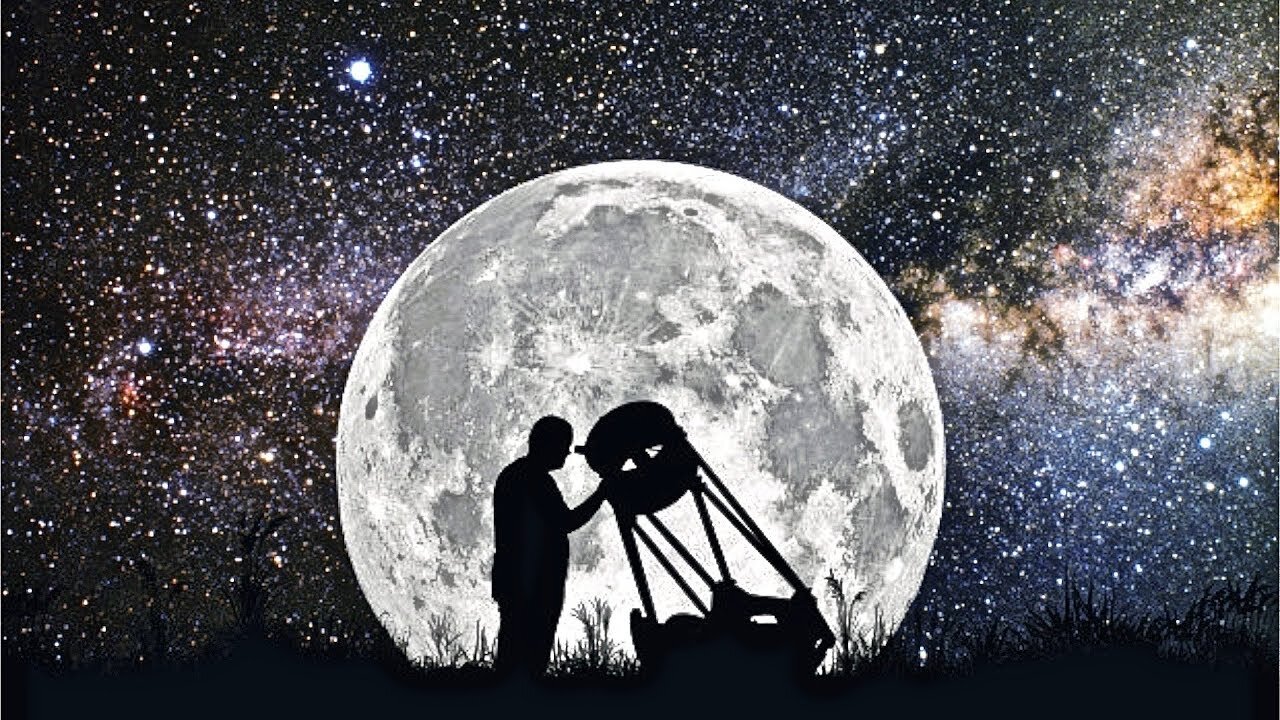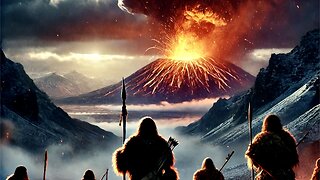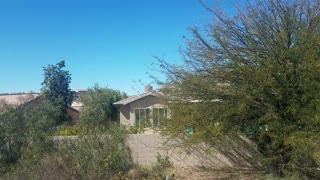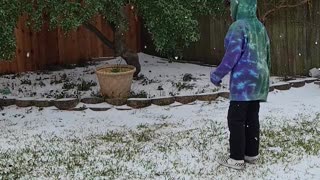Premium Only Content

Backyard Asteroid Hunter Works For NASA's Planetary Defense Program
Backyard astronomer Robert Holmes of Westfield, Illinois, is part of NASA's army of observers scanning the night sky for asteroids. By observing and tracking asteroids, NASA programs can determine whether an asteroid is potentially hazardous to Earth -- now or years in the future. In 2015, Bob made 36,000 asteroid observations -- the most by anyone in a single year. He started off as a volunteer in 2006, and his hobby has since blossomed into a full-time opportunity to work for NASA under a grant program.
The office that could save the Earth: Nasa sets up planetary defense department to tackle threat of deadly asteroids
Nasa's new Planetary Defense Coordination Office will search for NEOs
Program will identify threats, and work with emergency response agencies
International agencies are developing ways to deflect and redirect NEOs
Nasa's new program will face the threat of deadly near-Earth objects head on.
Washington based Planetary Defense Coordination Office will spearhead the ongoing search for asteroids and comets passing near Earth's orbit, and will work with disaster relief agencies to develop emergency response plans.
The space agency says there are no known threats to date, but near approaches in the recent past are reminders of the potential hazards.
A strike from a mid to large sized asteroid or comet would have catastrophic effects around the world; it's widely thought that a comet strike spurred the extinction of the dinosaurs.
Nasa's new Planetary Defense Coordination Office (PDCO) will operate within the Planetary Science Division, in the Science Mission Directorate in Washington, according to Phys.org.
The office will work to characterize any potential impact threats.
Each year, roughly 1,500 near-Earth objects (NEOs) are identified, and more than 13,500 have been discovered since the Nasa-funded searches began in 1998.
Nasa has already identified more than 90 percent of NEOs larger than 1 kilometer, and has turned its sights on smaller, football field-sized objects.
'Asteroid detection, tracking and defense of our planet is something that NASA, its interagency partners, and the global community take very seriously,' said John Grunsfeld, associate administrator for NASA's Science Mission Directorate in Washington.
'While there are no known impact threats at this time, the 2013 Chelyabinsk super-fireball and the recent 'Halloween Asteroid' close approach remind us of why we need to remain vigilant and keep our eyes to the sky.'
Music at end- The Takeover by Dhruva Aliman
Amazon - https://amzn.to/2B9tGa7
https://music.apple.com/us/artist/dhruva-aliman/363563637
https://dhruvaaliman.bandcamp.com/album/road-of-fortunes
http://www.dhruvaaliman.com/
Spotify - https://open.spotify.com/artist/5XiFCr9iBKE6Cupltgnlet
-
 49:16
49:16
Knowledge Land
11 days agoThe Prehistoric Volcano That Nearly Wiped Out All Humanity - Full Documentary
412 -
 1:49
1:49
Wld33
2 years agoBackyard
56 -
 1:02
1:02
R00573R
2 years agoBackyard
37 -
 6:32
6:32
HometownZero
2 years agoHunter Hunter: Movie Review
93 -
 LIVE
LIVE
tacetmort3m
21 hours ago🔴 LIVE - (MERRY CHRISTMAS) TIME TO SPREAD DEMOCRACY - HELLDIVERS 2 OMENS OF TYRANNY
77 watching -
 12:42
12:42
Cooking with Gruel
19 hours agoBrown Butter Trifle with Salted Caramel and Cinnamon Apple
10.1K3 -
 2:46
2:46
BIG NEM
8 hours agoDiscovering RAKIJA: The Holy Liquer of the Balkans
8.05K2 -
 1:11:38
1:11:38
Film Threat
13 hours agoCHRISTMAS DAY CHILL STREAM WITH CHRIS GORE | Hollywood on the Rocks
131K24 -
 14:22:40
14:22:40
The Quartering
1 day agoYule Log Christmas MAGA Edition With Memes! Come Hang Out!
221K29 -
 38:41
38:41
MYLUNCHBREAK CHANNEL PAGE
1 day agoTimeline Begins in 1800? - Pt 1 & 2
101K54